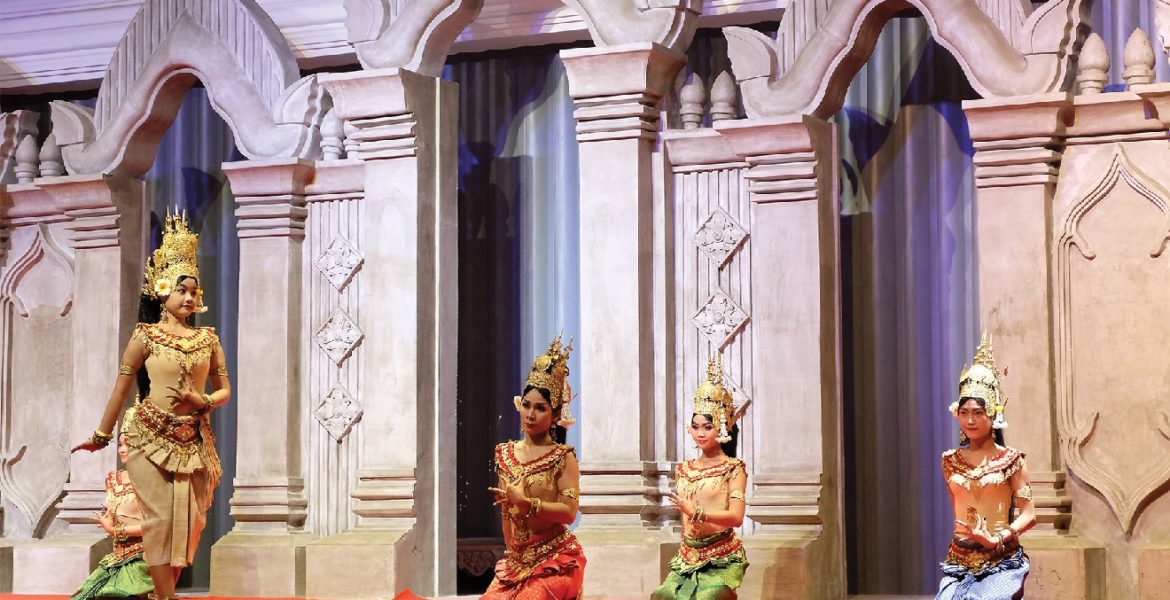Indiana Jones-ing Around
Aidha Cader visits the historic land of Cambodia to try and comprehend
Our alarm goes off at 4.30 in the morning and we drag ourselves out of the comfy Marriot bedding to buy our Angkor pass at the ticket centre. The five o’clock morning rush hour in Siem Reap with tuk-tuks, motorbikes, cars and tourist coaches all join a steady stream of slow-moving taillights in the dark as we head out of town to Srah Srang. This nine hundred year old lake was previously a bathing pool for the royals and remains filled with water to date. We make our way to the site and squeeze in with countless other tourists in a constellation of glowing camera screens all eagerly awaiting the light show that is about to happen. The grey clouds hang low as the fiery first rays of the day breaks through the 12th century architectural wonder. The Angkor Wat temple complex faces west and as a result the sunrises dramatically from behind its iconic peaks with the edges of its towers gradually becoming more distinct and showing off all its glory. The reflection begins to appear on the water as the water lilies open to catch the soft morning glow. Before we can comprehend this magical sceptical, it’s over. The sun is up and the crowds walk away.

Together with Kim San, our guide, driver and standby photographer, we drive for 30 minutes to reach the Southern gate of Angkor Thom. This square walled city with its magnificent gates, terraces, temples, palaces and baths built by King Jayavarman VII, was the last and most enduring capital of the Khmer empire. A row of statues depicting angels and demons, each carrying the body of a seven-headed snake on either side of the bridge, leads to the magnificent carved gate. The Bayon Temple is at the centre of Angkor Thom. Over 200 gigantic faces that represent the various expressions of the Buddha are carved on to the sides of the many towers. The frieze along the outer gallery portray scenes from daily life showing common people hunting, cooking, ladies buying fish in the market, women having hair and nails attended to, all with facial expressions that are visible 800 years later. The temple also has bas-reliefs, which showcases a combination of mythological and historical scenes.

We stopped for a quick breakfast and extra strong coffee at a roadside shack over-looking the monumental elephant terrace from where the king watched parades, animal processions and Apsara dances. Afterwards, we drove towards Ta Prohm, better known as the ‘Tomb Raider Temple’. Over time, the banyan, kapok, and figs trees have pushed their roots through the walls, straddled archways, entwined its pillars and entangled entire corners of it colossal buildings. The tree roots have strangled 13th century stonework as the jungle vegetation battle it out, a somewhat apocalyptic scenario of man verses nature. Heading back to the city Kim San recalls his encounter with Angelina Jolie during the shooting of the film Lara Croft: Tomb Raider here.

“All Cambodians love her, I have a photograph of her and me,” he says proudly. “And Maddox, her first adopted son is the luckiest Cambodian” he says affectionately.
After lunch, a bit of relaxation back in the hotel and chance a to recharge our camera battery we head out to visit the most important site, Angkor Wat. A UNESCO world heritage site, considered the 7th architectural wonder of the world, drawing over two million tourists annually. Erected in honour of the Hindu deity Vishnu and designed to represent Mount Meru, home of the gods in Hindu mythology, it was gradually transformed into a Buddhist temple by the 13th century. The building is surrounded by a water-filled moat and is one of the largest religious monuments in the world. The three-tier structure with a complex system of passages and stairways are so spread out that you feel quite alone despite the throngs of tourist at the site. Carvings depicting scenes from the Hindu epics, Ramayana and Mahabharata together with Apsaras, the ‘celestial dancers’, stand alongside serene images of the Buddha. There are over a thousand unique bas-reliefs on the walls of Angkor Wat and showcases Khmer art at its zenith. Over the next 300 years, warring factions from neighbouring Siam Kingdom (Thailand) overran the Khmer empire and the site was abandoned. During the French occupation, naturalist Henri Mouhot rediscovered it in the mid 19th century and described it as a temple that would even rival those built by King Solomon.
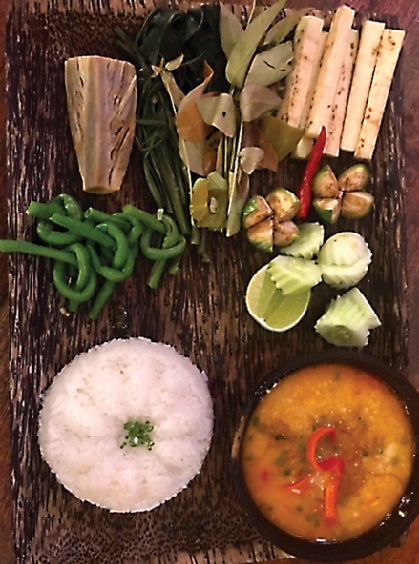
Templed Out
After an entire day of Indiana Jones-ing around Siem Reap, we drove 15 km outside the city, passing endless paddy fields and made our way to a tributary to take a boat ride along the floating village towards Tonle Sap Lake. Along the way we saw traditional homes built on stills and witnessed ordinary Cambodians going about their daily rural life. The Tonle Sap Lake seems like a small ocean and flows into the Mekong River. Next, we head towards a floating restaurant and relax on the main deck, enjoying the view and trying not to feel too threatened by the live crocodile farm under our feet. On the menu are crocodile meat, snake meat, fried grasshoppers and assorted spiders. However, we opt out and sip our coconut water instead. During our three-day stay in Siem Reap we also visited the Angkor National Museum, walked through the French quarter, the Muslim area and got ourselves an hour long Khmer style massage of stretching, a much needed relaxation. At night we strolled through lively pub street, night market, a quirky Khmer circus and also watched an Apsara dance performance. The dancers raises their hands with exquisite grace, fingers flexing backward while twirling around on one leg and moving with utmost grace and precision. At moments it felt as though the Angkor Wat carvings had come alive.
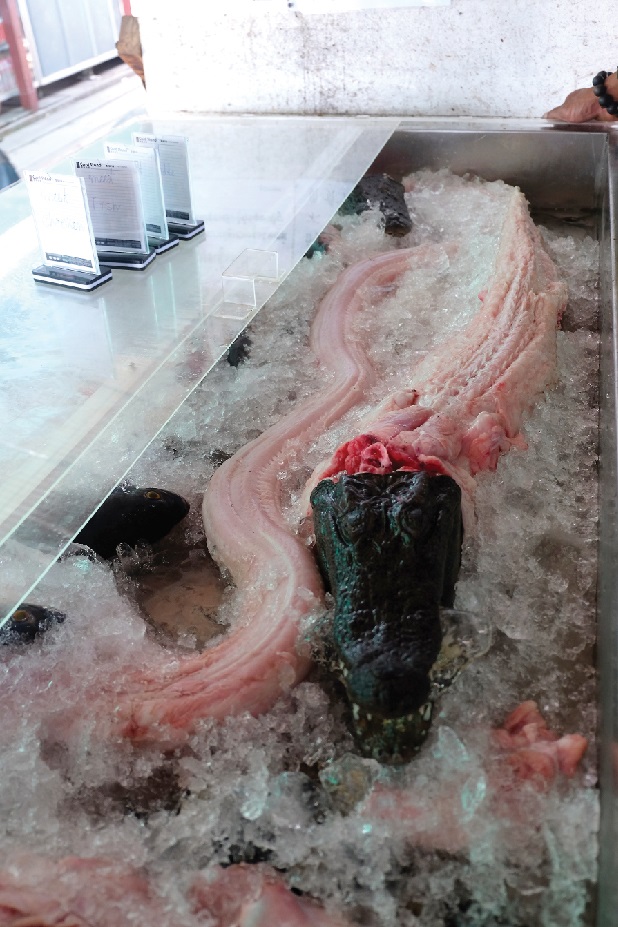
Memories of the Genocide
Most Cambodians on the surface seem unphased by one of the most horrific tragedies inflicted upon humanity in recent times. They talk little on it and hide their emotions and aggression, preferring to be constantly in a neutral state. “Patience, concealing ones feelings is how we have learned to survive,” says Kim San, our guide.
“In many villages, people have been living side by side with the Khmer Rouge executioners for decades,” he adds.
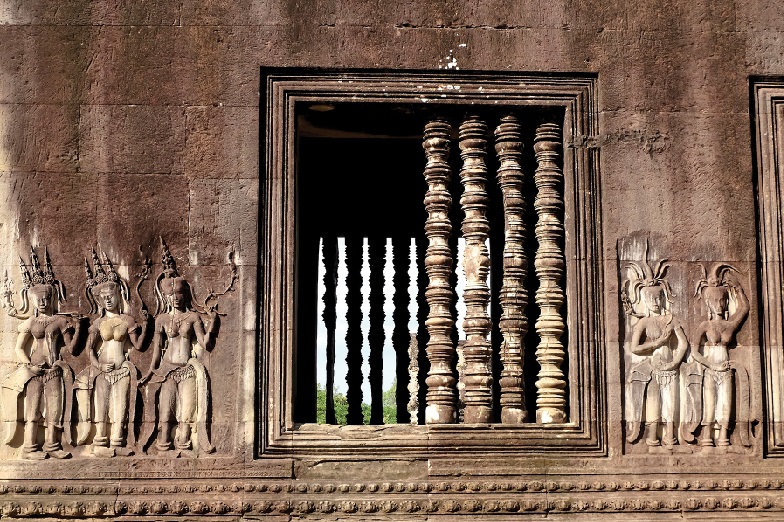
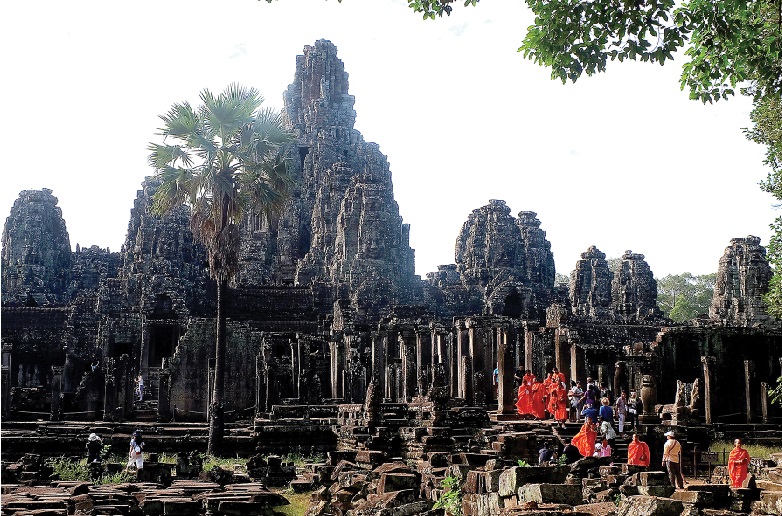

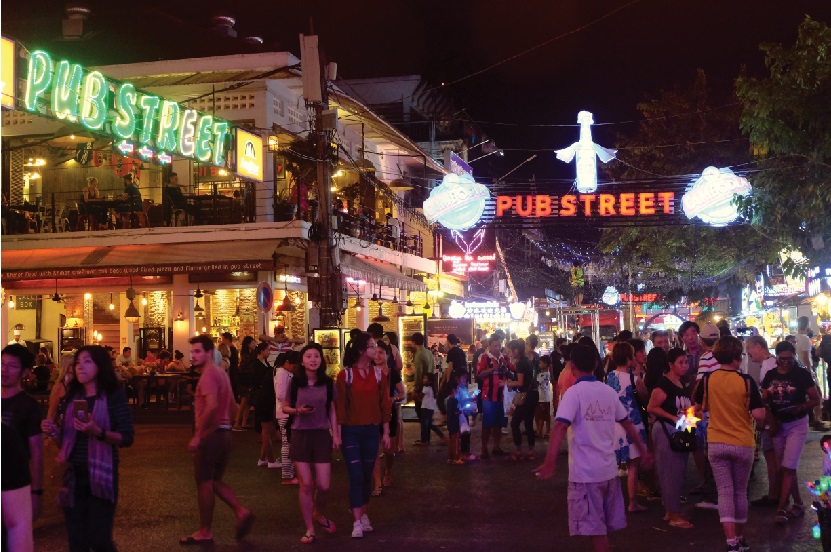
In a nation where no one trusted anyone and everyone looked out only for himself, the family stood as the only social group on which one may rely. “Everyone here was affected by the Khmer Rouge,” he continues and accounts the harrowing tales of his mother swimming across the river with just two bananas tied to her head to give to his father who was enslaved in the labour camp. “If either one of them was caught they would have been executed right away” he adds.
Across the nation, millions had their property and homes confiscated overnight. Many were forced out of their urban dwellings and relocated in labour camps. They watched family members die of exhaustion, disease, starvation and torture. They were murdered across numerous killing fields. Many children were orphaned or abandoned. Education, healthcare, religion and all economic activity were stopped, as teachers, doctors, monks, merchants and the elite were the first targets of the genocide. “In the regime’s pursuit of a classless agrarian utopian society, even if you wore spectacles you were considered educated and put to death,” adds Kim.
From 1975 to 1979, approximately two million people died, a quarter of the nation’s population. After the Khmer Rouge fell, Cambodians focused on finding food and looking for members of their displaced families. Post-traumatic stress disorder was rampant, but the luxury of diagnosis and treatment did not exist. Symptoms of PTSD and related traumatic illnesses were being passed from one generation to the next.
PSTD has run deep scars to this day in the Cambodian psyche and is one of the reasons most Cambodians remain complacent to their leaders gross incompetence, lack of transparent government and blatant corruption. They continue to be one of the poorest countries in Asia, 40 years after the fall of the Khmer Rouge. Cambodia is a young country, with nearly half its population under the age of 30. Most Cambodians have no direct experience of the conflict and the young Cambodians are not taught about the genocide in schools because it is too painful to be addressed.
And yet beyond the glory of Angkor and the terrors of Pol Pot, exists a people with a culture so vast, a mentality so complex, it can be bewildering to the outsider why they remain one of the most abused people time and again. Cambodians have accepted what the monks preach, that one should be pleased with their lives and not aspire for more. As a result most of them carry no ambitions, hold no dreams and all they want is to be left alone. They have embraced Buddhism, conservatism, a risk-averse view of life and remain very suspicious of change.

